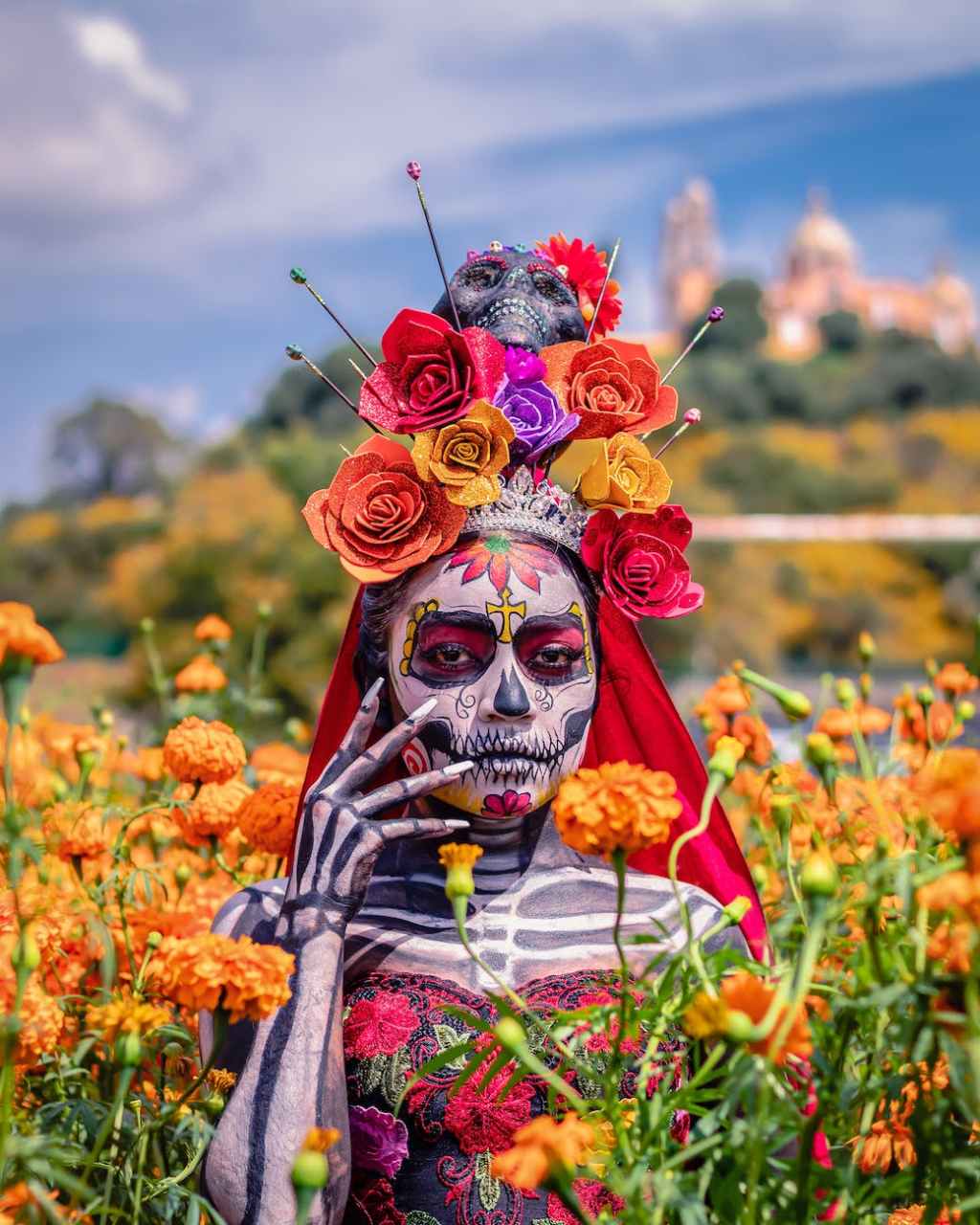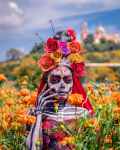Halloween is a globally celebrated holiday that has its roots in ancient Celtic traditions. In America, it is a time for trick-or-treating, costume parties, and haunted houses. But, other countries have their own traditions for this time of year. Let’s dive into how Halloween is celebrated around the world.
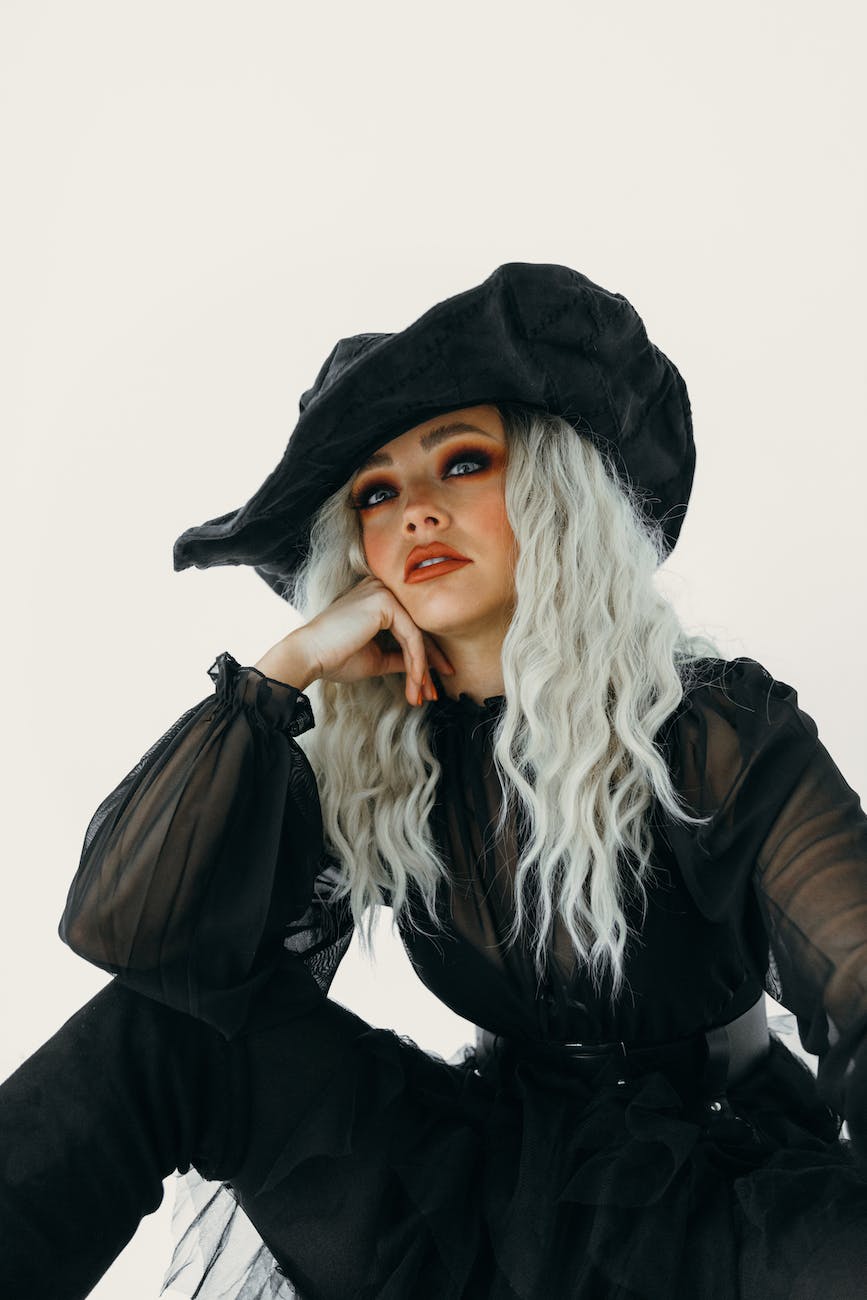
In this blog post, we will explore the origins of Halloween and how it is celebrated in American, Colombian, Mexican, and Filipino cultures. We will also share some fun and spooky facts about Halloween traditions around the world.
United States
Halloween is a popular holiday celebrated in the United States on October 31st. And, it is a time for trick-or-treating, costume parties, and haunted houses.
Origins of Halloween
The origins of the holiday can be traced back to the ancient Celtic festival of Samhain. Samhain was a pagan holiday that marked the end of summer and the beginning of winter. It was also believed to be a time when the veil between the living and the dead was thin.
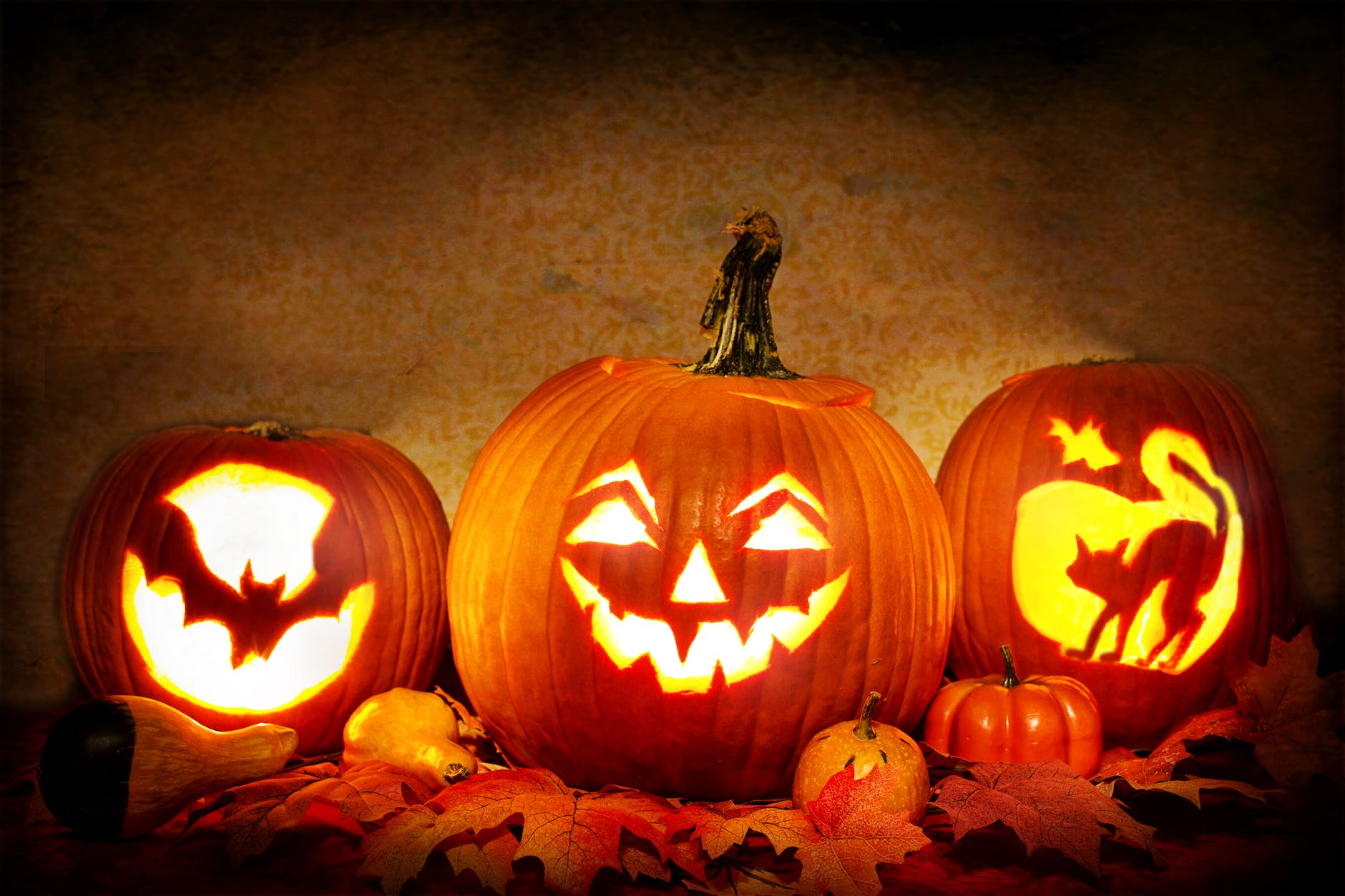
On Samhain night, Celts would build bonfires, dress in costumes, and carve faces into pumpkins to ward off evil spirits. They would also leave food and drink offerings for the dead.
When Christianity came to Britain, Samhain was replaced by All Saints’ Day, which is celebrated on November 1st. All Saints’ Day is a day to honor all saints and martyrs. However, the British continued to celebrate many of the pagan traditions associated with Samhain. And, these traditions eventually evolved into what we now know as Halloween.
How Halloween Came to the United States
European immigrants brought Halloween to the United States, and the first celebrations in the United States were held in the early 1800s. However, it wasn’t until the late 1800s that it became a major holiday in the United States.
At that time, people celebrated Halloween in a variety of ways. People would attend costume parties, play games, and tell ghost stories. They would also carve pumpkins and leave food and drink offerings for the dead.
Commercialization
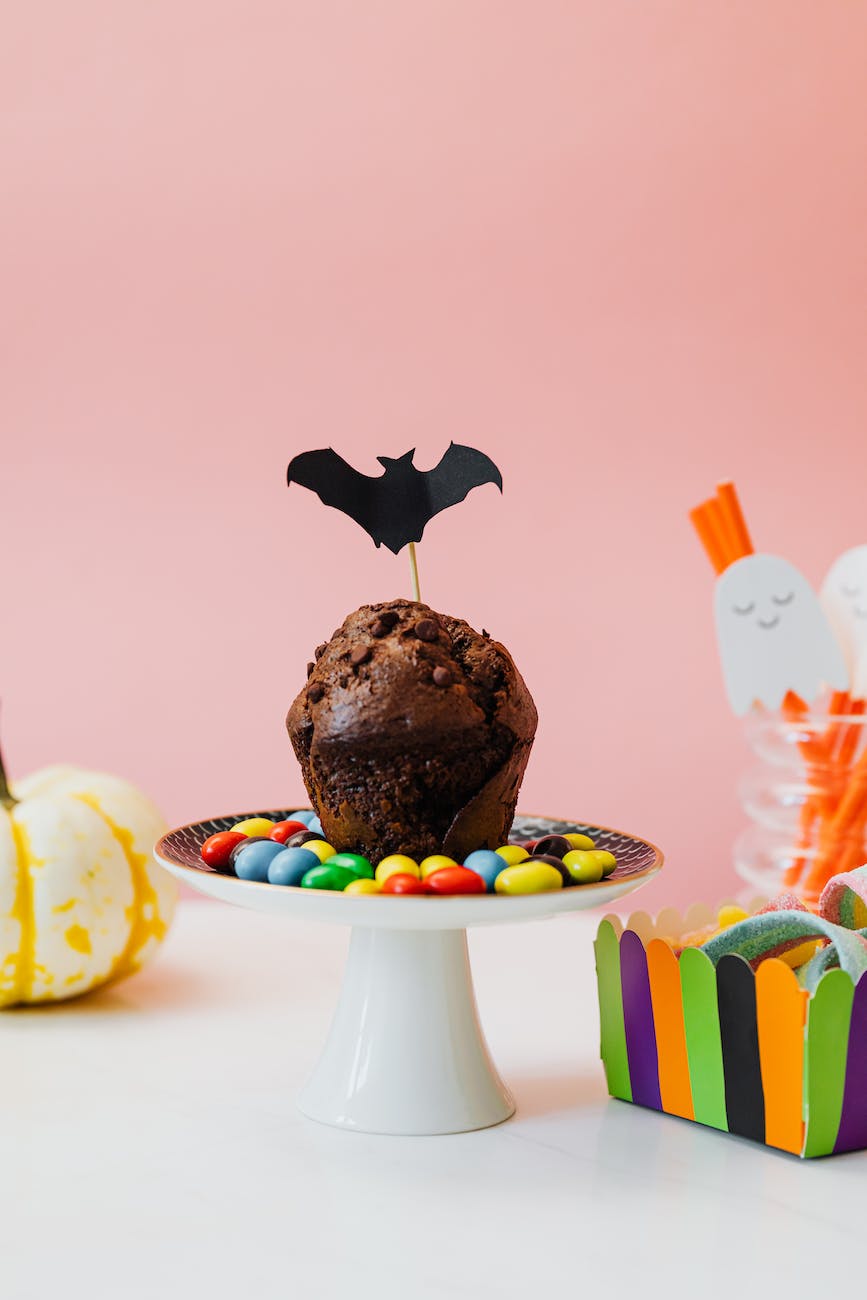
In the early 20th century, Halloween became more commercialized when candy companies began to produce Halloween-themed candy, and costume companies began to produce Halloween costumes. Halloween also became more popular among children.
Today, Halloween is one of the most popular holidays in the United States. It is a time for people of all ages to enjoy fun and spooky activities.
Popular Traditions in the United States
- Trick-or-treating: Children go from door to door in their costumes, asking for candy.
- Costume parties: People dress up in costumes and attend parties with their friends and family.
- Haunted houses: People visit haunted houses to experience fear and excitement.
- Carving pumpkins: People carve pumpkins into jack-o’-lanterns to ward off evil spirits.
- Eating candy: People eat candy, such as candy corn, chocolate bars, and lollipops.
Colombia & Mexico: A Spooktacular Celebration
In both countries, Halloween is a time for celebration, remembrance, and feasting.
Columbia
In Colombia, Halloween is known as “Día de los Muertos Chiquitos” (Day of the Little Dead). This day is dedicated to honoring the spirits of deceased children. Colombians visit cemeteries to decorate the graves of their loved ones with flowers, candles, and candy. They also prepare special foods for the dead, such as “pan de muerto” (bread of the dead) and “empanadas de muerto” (empanadas of the dead).

One of the most popular traditions in Colombia is the “tunja” parade. In this parade, people dress up in costumes and march through the streets. The parade is a fun and festive way to celebrate Halloween, and it is also a way to remember the dead.
Mexico
In Mexico, Halloween is known as “Día de Los Muertos” (Day of the Dead). Día de Los Muertos is a three-day festival that celebrates the lives of deceased loved ones. Mexicans build altars in their homes and decorate them with photos, candles, flowers, and food offerings. They also visit cemeteries to clean and decorate the graves of their loved ones.
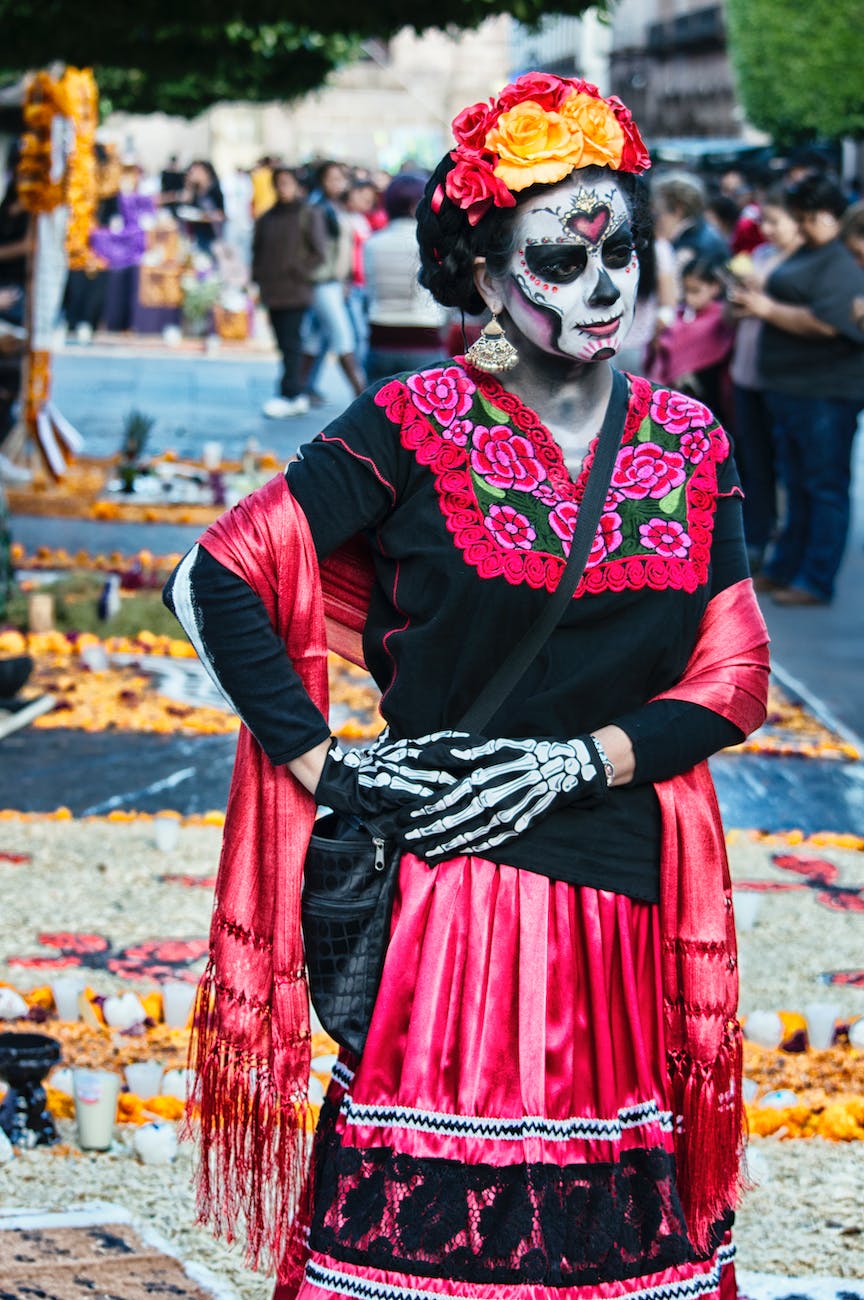
On Día de Los Muertos, Mexicans believe that the spirits of their deceased loved ones return to the world of the living to visit them. To welcome the spirits, Mexicans prepare special foods and drinks, such as “pan de muerto” (bread of the dead), “mole negro” (a type of black mole sauce), and “champurrado” (a hot chocolate drink).
Dia de Los Muertos Traditions
One of the most popular Día de Los Muertos traditions is the “ofrenda” (altar). Ofrendas are decorated with photos, candles, flowers, and food offerings for the dead. And, ofrendas are a way to remember and honor deceased loved ones.
Another popular Día de Los Muertos tradition is the “calavera” (sugar skull). Calaveras are colorful sugar skulls that are often decorated with flowers and other symbols of death. Calaveras are a reminder of the inevitability of death, but they are also a celebration of life.
Philippines
Halloween in the Philippines is a unique blend of Catholic and pagan traditions. The Catholic influence is evident in the observance of All Saints’ Day and All Souls’ Day, which are celebrated on November 1st and 2nd, respectively. All Saints’ Day is a day to honor all saints and martyrs, while All Souls’ Day is a day to pray for the souls of deceased loved ones who are in purgatory.
Filipino traditions were also influenced by pagan rituals as well. One of the most popular Halloween traditions is the “bangkang papel” (paper boat). Bangkang papel are small paper boats that are filled with candles and flowers. On Halloween night, Filipinos light the candles and set the bangkang papel adrift in rivers and lakes. This is believed to help the souls of deceased loved ones find their way to heaven.
Another popular tradition in the Philippines is the “pangangaluluwa.” Pangangaluluwa is a tradition of singing and praying for the souls of deceased loved ones. Pangangaluluwa groups go from house to house on Halloween night, singing songs and praying for the dead. In return, they are given food and money.
Food and Festivities
Food is an important part of any Filipino celebration, and Halloween is no exception. Some of the most popular foods in the Philippines include:
- Pan de muerto (bread of the dead): Pan de muerto is a sweet, round bread that is decorated with sugar skulls and other symbols of death.
- Kalamay (sweet sticky rice): Kalamay is a sweet sticky rice cake that is often topped with coconut shavings and sesame seeds.
- Pastillas (milk candy): Pastillas are small, bite-sized candies made with milk and sugar.
- Ube halaya (purple yam jam): Ube halaya is a sweet, purple yam jam that is often made into desserts such as cakes and ice cream.
Activities in the Philippines
In addition to food, Filipinos also enjoy celebrating Halloween with parties, games, and other festivities. Some popular Halloween activities in the Philippines include:
- Costume parties: Filipinos love to dress up in costumes on Halloween night. Popular costume themes include superheroes, villains, and monsters.
- Haunted houses: Haunted houses are becoming increasingly popular in the Philippines because Filipinos love to experience the thrill of fear and excitement.
- Trick-or-treating: Trick-or-treating is a popular Halloween activity for children in the Philippines. Children go from door to door in their costumes, asking for candy and treats.
Conclusions
Halloween is a popular holiday celebrated around the world, and each country has its own unique traditions. In the US, Halloween is a time for trick-or-treating, costume parties, and haunted houses. But, in Mexico and Colombia, Halloween is a time to remember and honor deceased loved ones. And, in the Philippines, Halloween is a unique blend of Catholic and pagan traditions.
No matter how you choose to celebrate Halloween, it is a time to have fun and enjoy the company of friends and family. So get your costumes ready and prepare for a spooktacular Halloween!
